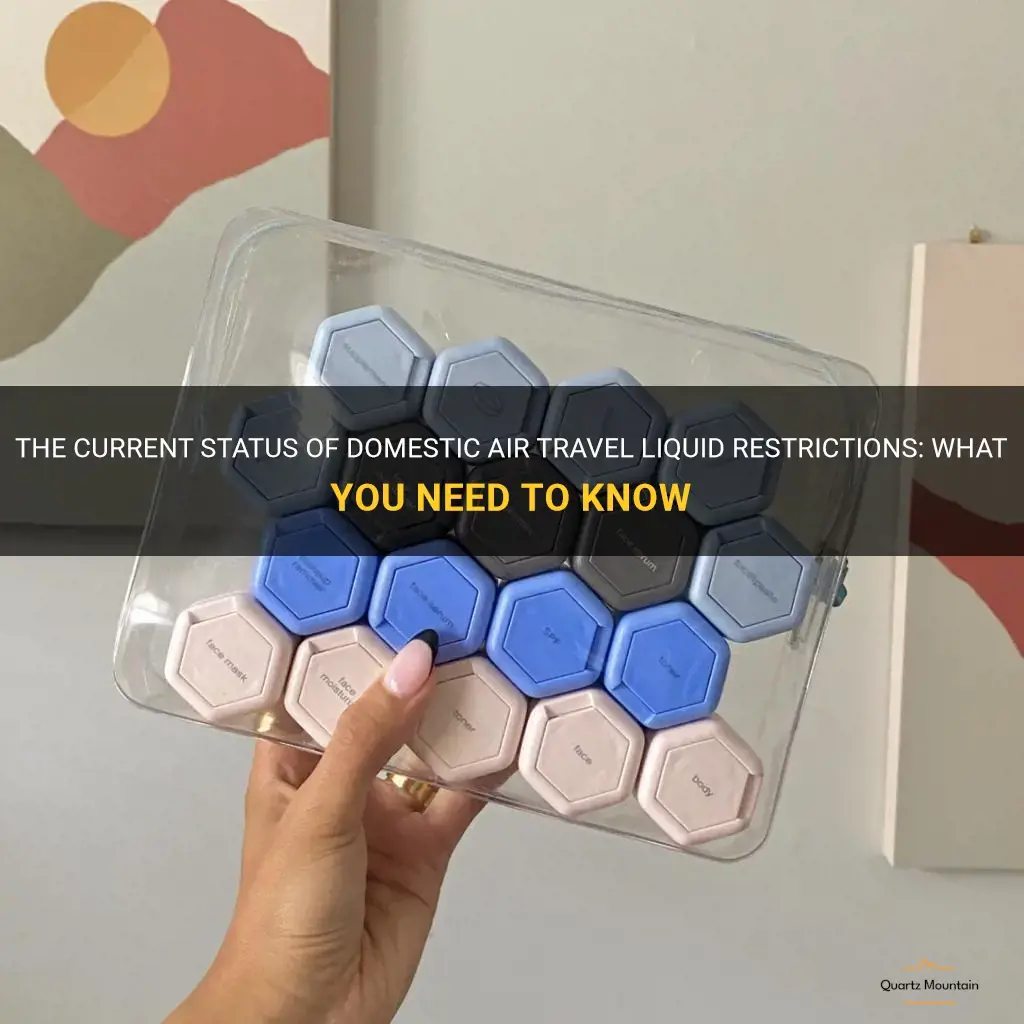
Domestic air travel liquid restrictions have become a ubiquitous part of modern travel experiences. These regulations, put into place by aviation security agencies around the world, aim to enhance passenger safety by limiting the amount of liquids that can be carried onto airplanes. While these restrictions may sometimes be perceived as inconvenient, their implementation is crucial in ensuring the security and well-being of all passengers. So, let's dive deeper into the reasons behind these restrictions and the implications they have on our travel routines.
What You'll Learn
- What are the current domestic air travel liquid restrictions in place?
- How much liquid can I bring in my carry-on bag?
- Are there any exceptions to the liquid restrictions for passengers with medical conditions?
- What happens if I accidentally bring more than the allowed amount of liquid in my carry-on bag?
- Are there any specific rules or guidelines for transporting liquids in checked baggage?

What are the current domestic air travel liquid restrictions in place?
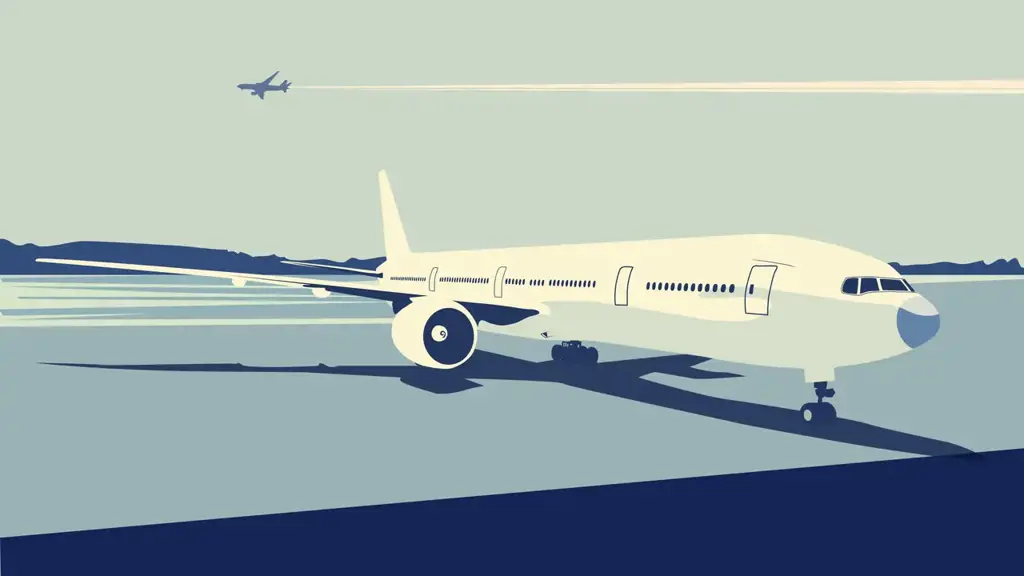
Due to security concerns, there are strict rules in place regarding liquids and other items that may pose a risk when traveling by air. These restrictions aim to ensure the safety of passengers and crew members on board. As such, it's important to familiarize yourself with the current domestic air travel liquid restrictions before your trip.
The current domestic air travel liquid restrictions in place are commonly referred to as the 3-1-1 rule. This rule states that liquids, gels, and aerosols must be in containers that are 3.4 ounces (100 milliliters) or less. These containers must be placed in a clear, quart-sized plastic bag. This bag must be transparent and resealable. Each passenger is allowed one such bag.
Examples of liquids that fall under this restriction include water, juice, shampoo, lotion, perfume, and gel-based cosmetics. It's important to note that these restrictions also apply to items purchased after the security screening checkpoint. Therefore, if you plan to buy any liquids at the airport, make sure they comply with the 3-1-1 rule.
There are a few exceptions to these liquid restrictions. The 3-1-1 rule does not apply to medications, baby formula, and food for infants, provided they are in reasonable quantities for the duration of the flight. Additionally, if you require larger quantities of liquids or have special medical needs, you may be allowed to bring these items on board. In such cases, it's advisable to contact your airline ahead of time to ensure you have the necessary documentation and approval.
It's important to pack your liquids properly to avoid any delays or confiscation of items at the security checkpoint. Make sure all containers are in the appropriate size and placed in a clear plastic bag. Keep in mind that each passenger is limited to one quart-sized bag of liquids, so plan accordingly.
It's worth noting that security measures and restrictions may vary between airports and countries. It's always a good idea to check with your airline or the airport's website for any specific guidelines or changes to the liquid restrictions. By staying informed and adequately preparing for your trip, you can ensure a smooth and hassle-free travel experience.
Exploring Chincoteague: Current Travel Restrictions and Tips for Visitors
You may want to see also

How much liquid can I bring in my carry-on bag?
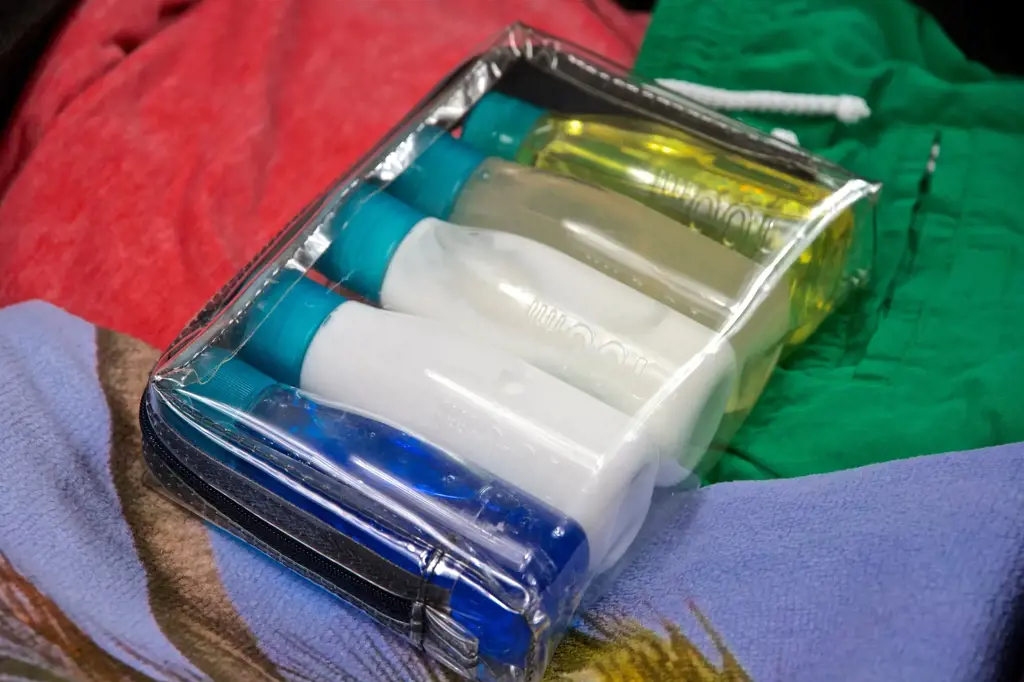
If you're planning to bring liquids in your carry-on bag, it's important to know the rules and limitations set by the Transportation Security Administration (TSA) to ensure a smooth and hassle-free airport experience. The TSA has specific guidelines regarding the amount of liquid you can bring on-board, which are in place to maintain security and safety for all passengers.
According to the TSA's 3-1-1 rule, you are allowed to bring a quart-sized bag of liquids in containers that are 3.4 ounces (100 milliliters) or less per item. This generally includes liquids such as shampoo, conditioner, toothpaste, lotion, and other similar personal care items. These items must be placed in a clear, resealable plastic bag and presented separately for screening at the security checkpoint.
It's important to note that the 3-1-1 rule applies to both domestic and international flights departing from or traveling through U.S. airports. However, different countries may have their own regulations and restrictions, so it's advisable to check the specific guidelines of your destination before traveling.
In addition to the 3-1-1 rule, there are certain exceptions and considerations when it comes to carrying liquids in your carry-on bag. The following items are exempt from the 3-1-1 rule:
- Medications: You can bring medically necessary liquids and medications in quantities exceeding the 3.4-ounce limit. However, these items must be declared to the security personnel and may require additional screening.
- Infant and child nourishment: Baby formula, breast milk, and juice are allowed in quantities exceeding 3.4 ounces. Again, these items must be declared and may be subject to additional screening.
- Duty-free liquids: If you purchase duty-free liquids, such as alcohol or perfume, they are exempt from the 3-1-1 rule. However, they must be sealed in a secure, tamper-evident bag with the receipt visible. It's important to note that these items may still be subject to additional screening.
When going through the security checkpoint, it's recommended to keep your quart-sized bag of liquids easily accessible, as you will be required to remove it from your carry-on luggage and place it in a bin for X-ray screening. This will help expedite the screening process and reduce the chance of any delays.
If you have liquids that exceed the permitted limit or are not exempt, it's advisable to pack them in your checked luggage instead. This will help avoid any issues at the security checkpoint and ensure a smoother travel experience.
In conclusion, the amount of liquid you can bring in your carry-on bag is limited to containers with a capacity of 3.4 ounces (100 milliliters) or less per item, and they must be placed in a quart-sized, resealable bag. However, there are exceptions for medically necessary liquids, infant and child nourishment, and duty-free liquids. It's important to familiarize yourself with the TSA's guidelines and any additional regulations set by your destination country to ensure a stress-free journey.
Travelers Update: Exploring Puerto Vallarta, Mexico Under Current Travel Restrictions
You may want to see also

Are there any exceptions to the liquid restrictions for passengers with medical conditions?
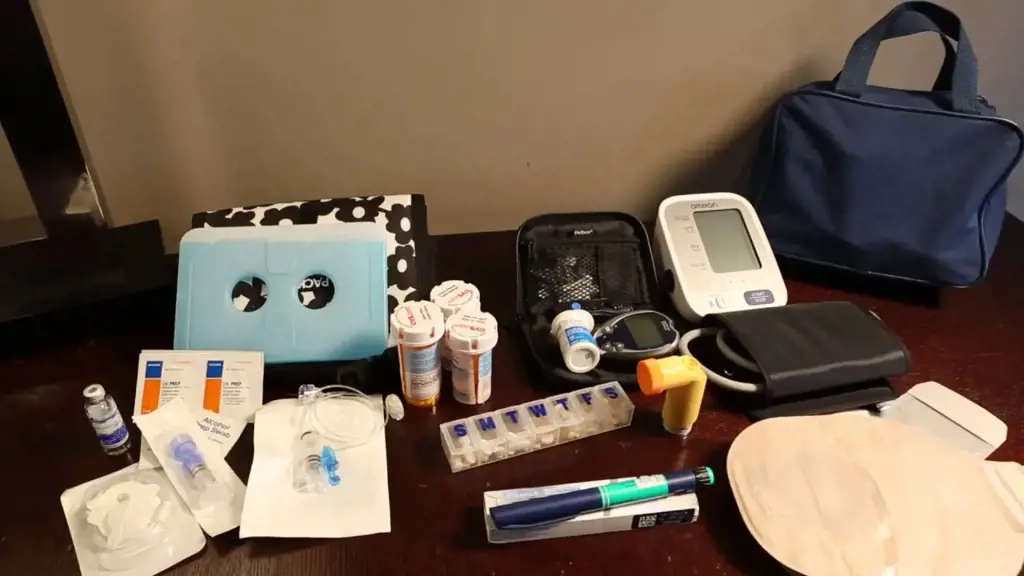
Passengers traveling by air are well aware of the restrictions on carrying liquids in their carry-on bags. The Transportation Security Administration (TSA) in the United States and other regulatory authorities worldwide have implemented these rules to ensure the safety of all passengers. However, there are certain exceptions to these liquid restrictions for passengers with medical conditions.
Passengers with medical conditions that require the use of liquid medication or other medical supplies may be permitted to carry these items beyond the usual limitations. The TSA allows passengers to carry larger quantities of liquids, gels, and aerosols in their carry-on bags if they can present a valid medical reason.
To avail of this exception, passengers must declare the items at security checkpoints and provide proper documentation supporting their medical condition. This may include a doctor's note, prescription, or other medical documents. It is advisable to carry these documents in a readily accessible place, such as a separate folder or bag, to present them efficiently when required.
Passengers should also be aware that these exceptions apply only to necessary medical items. Personal care products, such as shampoo, lotion, or cosmetics, are not included in these exceptions and must still adhere to the standard liquid restrictions.
It is essential to communicate and coordinate with the airline and TSA beforehand to ensure a smooth and hassle-free travel experience. Passengers can contact the airline's customer service or check the TSA's website for specific guidelines and requirements regarding carrying medical liquids.
Additionally, passengers with medical conditions are encouraged to pack their necessary medical items securely and consider their accessibility during the screening process. For example, placing them in a clear, resealable bag or organized pouch can help expedite the screening.
While there are exceptions for carrying larger quantities of liquids, it is crucial for passengers to understand that these exceptions are granted for genuine medical needs only. Any attempt to abuse or misuse these exceptions can lead to penalties or confiscation of items.
Passengers with medical conditions should not hesitate to inquire about these exceptions and make the necessary preparations to ensure a smooth journey. By being aware of the requirements and providing the proper documentation, passengers can confidently travel with their essential medical items.
Exploring the Travel Restrictions and Warnings for Malawi: What You Need to Know
You may want to see also

What happens if I accidentally bring more than the allowed amount of liquid in my carry-on bag?
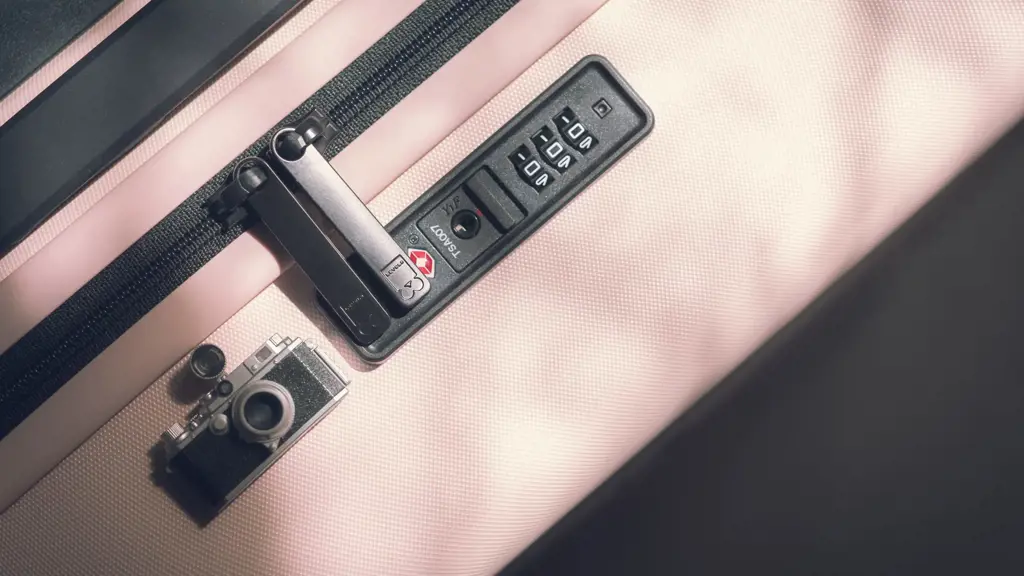
Accidentally bringing more liquid than the allowed amount in your carry-on bag can create some inconveniences during airport security checks. It's essential to be aware of the Transportation Security Administration (TSA) guidelines regarding liquids to ensure a smooth and hassle-free travel experience.
The TSA enforces the 3-1-1 rule for liquids in carry-on bags. This rule states that passengers are allowed to carry containers of liquids, gels, and aerosols in their carry-on bag, as long as these items are in containers that hold no more than 3.4 ounces (100 milliliters) each. Moreover, all containers must fit into a single, quart-sized, clear plastic bag. Each passenger is permitted to carry only one such bag.
If you accidentally bring more liquid than the allowed amount in your carry-on bag, the TSA may request you to remove the items from your bag and dispose of them. This can be frustrating and may result in the loss of expensive products you intended to travel with. However, it is important to remember that the TSA's primary concern is the safety of all travelers, and adhering to their guidelines helps ensure a secure aviation environment.
To avoid accidentally bringing excessive liquids, it is recommended that you carefully review all the items you plan to bring in your carry-on bag before heading to the airport. Transfer any liquids over 3.4 ounces into travel-sized containers or simply pack them in your checked luggage if you need to bring larger quantities.
If you do find yourself with excess liquids at the airport, there are a few options to consider. You may be able to transfer the excess liquid into smaller containers that comply with the TSA guidelines, or you could ask a fellow traveler to hold the items for you until you return from your trip. Another alternative is to mail the excess liquid back to yourself or to your intended destination, although this can be costly and time-consuming.
It's important to note that some exceptions are made in certain cases. Medications, baby formula, breast milk, and baby food are allowed in quantities exceeding 3.4 ounces, and they are not required to be placed in the plastic bag. However, these items may be subject to additional screening, so be prepared to declare them at the security checkpoint.
In summary, accidentally bringing more liquid than the allowed amount in your carry-on bag can result in the items being removed and disposed of by the TSA. To avoid this inconvenience, carefully review the TSA guidelines regarding liquids and transfer any excess into smaller containers or pack them in checked luggage if necessary. By being prepared and mindful of the rules, you can ensure a smoother travel experience and help maintain airport security.
Exploring the Benefits of Using Doctors Note Restricted Travel Templates
You may want to see also

Are there any specific rules or guidelines for transporting liquids in checked baggage?
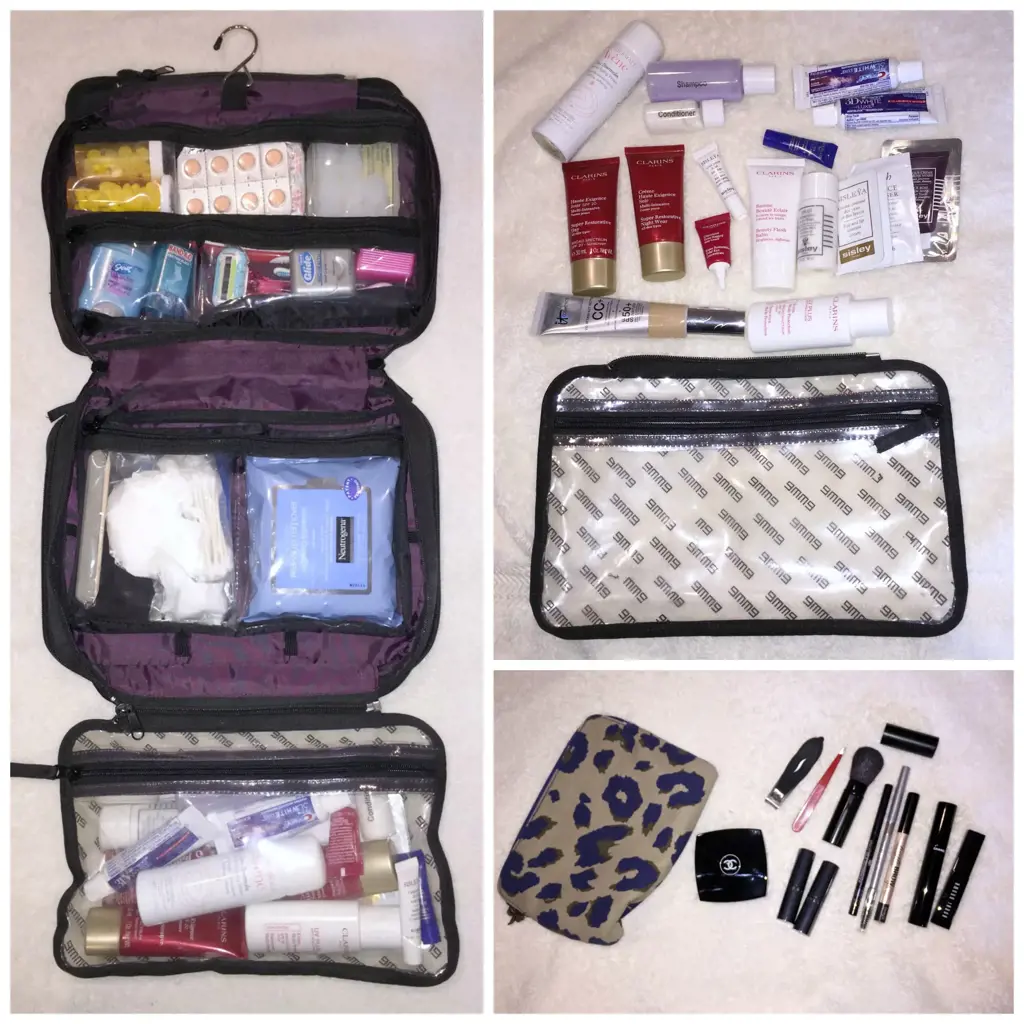
When it comes to packing liquids in checked baggage, there are certain rules and guidelines that you need to be aware of to ensure a smooth and hassle-free travel experience. These regulations are put in place by airlines and airport security to maintain safety and security for all passengers. Here are some important things you should know:
Container Size:
- Liquids in checked baggage should be stored in containers with a maximum capacity of 3.4 ounces (100 milliliters).
- Each passenger is allowed to carry a maximum of 1 quart-sized (approximately 1 liter) clear, plastic, zip-top bag with liquids in their checked baggage.
Baggage Screening:
- All checked bags go through a screening process at the airport. It is important to place all liquids in a separate, clear plastic bag to facilitate the screening process and to prevent any spillage or leakage.
- Make sure to remove the bag of liquids from your checked baggage and place it in a designated tray during the security screening process.
Prohibited Items:
- Certain liquids are considered hazardous and are strictly prohibited in both carry-on and checked baggage. These include flammable substances, corrosive materials, and explosives.
- Some common examples of prohibited liquids include gasoline, lighter fluid, fireworks, and bleach.
Special Considerations:
- If you need to transport larger quantities of liquids for medical purposes, such as medications, you may be required to provide supporting documentation or declaration forms at the airport.
- It is recommended to contact your airline in advance to inquire about any specific requirements or procedures for transporting larger quantities of liquids in your checked baggage.
Potential Delays:
- It's important to note that if the security screening personnel find any liquids that do not comply with the regulations, there may be delays in the processing of your baggage.
- To avoid such delays, make sure to pack your liquids according to the guidelines and place them in an easily accessible location in your checked baggage.
By following these rules and guidelines for transporting liquids in checked baggage, you can avoid unnecessary delays or confiscation of items at the airport security checkpoint. It's always a good idea to check with your airline or consult the Transportation Security Administration (TSA) website for the most up-to-date information regarding liquid restrictions before your trip.
Understanding the Latest Travel Restrictions for Cannes: What You Need to Know
You may want to see also
Frequently asked questions
The Transportation Security Administration (TSA) has implemented a rule known as the 3-1-1 rule for carrying liquids on domestic flights. This rule allows passengers to bring liquids in containers that are 3.4 ounces (100 milliliters) or less, all of which must fit into a single quart-sized, clear, plastic, zip-top bag. Each passenger is allowed one bag of liquids.
The TSA allows passengers to bring liquids such as shampoo, conditioner, lotion, toothpaste, and other personal care items in their carry-on bags on domestic flights. However, these liquids must be in containers that are 3.4 ounces (100 milliliters) or less, and all containers must fit into a quart-sized bag.
There are a few exceptions to the liquid restrictions for domestic flights. Passengers who require larger amounts of liquids for medical reasons, such as medication or baby formula, are allowed to bring these items in greater quantities. However, they may be subject to additional screening and should inform the TSA officer at the security checkpoint.
If a passenger has more than the allowed amount of liquids in their carry-on bag on a domestic flight, the TSA will confiscate the excess liquids at the security checkpoint. It is advised to either leave items behind, transfer them to checked baggage, or make alternative arrangements, such as purchasing necessary items at your destination.







